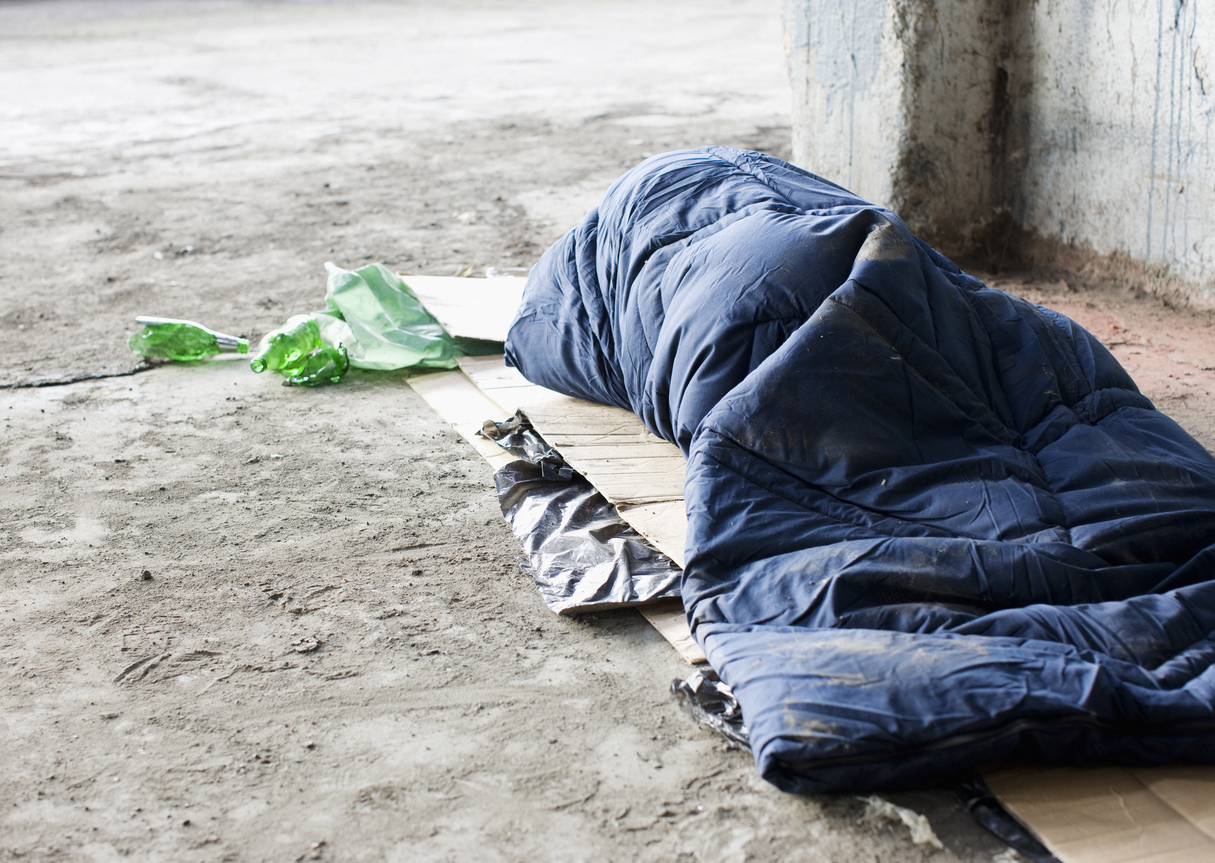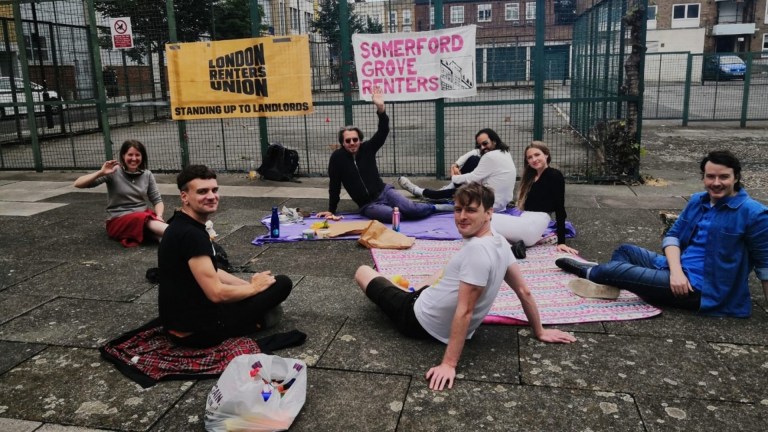But the number of families trapped in temporary accommodation was also higher than the previous three months with 84,740 households living in B&Bs and hostels from January to March.
We know we can do better. The HRA has great potential, but it can only go so far when people are being pushed to the brink, struggling to meet the cost of housing
The Homelessness Reduction Act has placed more duty on councils to engage with people facing homelessness inside 56 days and Crisis chief executive Jon Sparkes insists that it has had an impact, albeit one limited by the lack of housing.
“Everyone has the right to a decent home, and it’s great to see the success the Homelessness Reduction Act has had in its first year, preventing nearly 60,000 households becoming homeless in England,” said Sparkes.
“We know we can do better. The HRA has great potential, but it can only go so far when people are being pushed to the brink, struggling to meet the cost of housing. The government needs to tackle the root causes of this issue – investing in building more social housing and restoring Local Housing Allowance (LHA), so that it covers the true cost of renting.”
The Big Issue spoke to the architect of the act, Harrow East MP Bob Blackman, to mark the legislation’s one-year anniversary back in April. He told us: “I must say that a year is too short a time to assess how important this is.
“The aim of the act was never to deal with rough sleeping, it was to stop people rough sleeping in the first place.
Advertising helps fund Big Issue’s mission to end poverty
“Equally the other thing that I set out to do was to reduce the costs to local authorities of having to provide very expensive temporary accommodation. If you can predict how things are going over a two-month period then you can reduce your spending on temporary accommodation, so if we can reduce that by just five per cent then it actually pays for the extra assistance that we would provide through the act.”
As for today’s figures, think tank Reform called for a long-term approach to tackling homelessness by upping council funding.
“Short-term thinking and funding has blighted homelessness services. While the £54 million increase in funding announced in the government’s spending round last week is welcome, it will only be a short-term fix to firefight an issue which requires long-term solutions,” said the think tank’s senior researcher Dr Luke Heselwood.
“Longer-term funding for councils is needed, which will allow them to offer people support and advice long before they are at risk of homelessness.”
For too long the housing crisis has long been considered an issue affecting only urban areas, but this analysis shows the impact of a long-term failure to rural-proof housing policies on communities living in the countryside
The Campaign to Protect Rural England’s analysis found that the number of households classified as homeless increased by 85 per cent in the past year.
Housing campaigner Lois Lane said that rural communities had experienced a surge in homelessness more than twice the national increase, up from 9,312 to 17,212.
Advertising helps fund Big Issue’s mission to end poverty
“For too long the housing crisis has long been considered an issue affecting only urban areas, but this analysis shows the impact of a long-term failure to rural-proof housing policies on communities living in the countryside,” said Lane.
“The alarming rise in homelessness right across the country is a catastrophic demonstration of how government housing policies have failed society as a whole, and rural areas in particular.”
Meanwhile, the government has also unveiled the impact of their Rough Sleeping Initiative, which aims to support rough sleepers into secure accommodation.
Communities Secretary Robert Jenrick has insisted “we must keep the momentum up” after claiming that the £76 million they have spent across 246 councils has led to a 32 per cent reduction in rough sleepers.
That is based on a comparison between 83 RSI-funded areas which had the highest rough sleeping figures in the 2017 national count against 83 non-RSI areas.










